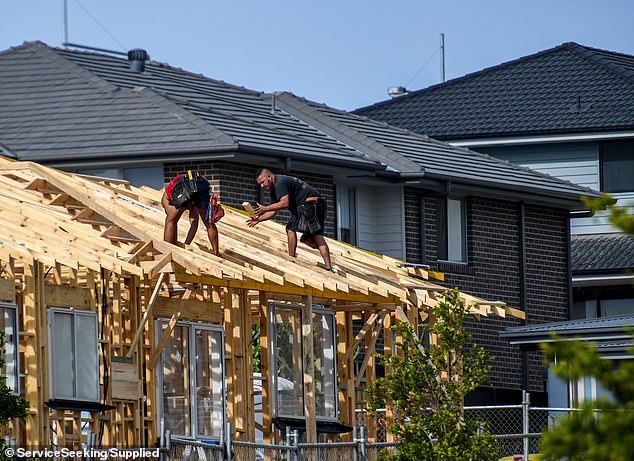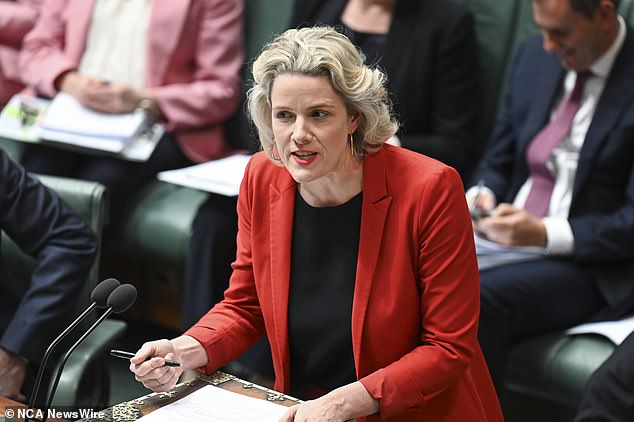The latest forecasts from Master Builders predict that, under current conditions, all states and territories will fail to meet their National Housing Deal targets by 2029.
The three states that must do the heavy lifting needed to meet the national target – New South Wales, Victoria and Queensland – are far behind, but all jurisdictions are struggling.
Housing Minister Clare O’Neil said the crisis would not be resolved without “boldness and ambition”, calling the situation an “unusual political problem”.
“Interest rates have risen dramatically and this has a huge impact on the start of construction work… it will not be solved by speeches in Parliament in Canberra. The solution lies in the real economy,” he said.
‘We are facing a chronic shortage of construction workers…we need 90,000 more workers in the residential construction sector to build the homes we need.’
Housing Minister Clare O’Neil said the problem was a lack of construction workers.
Opposition housing spokesman Michael Sukkar took aim at the government, saying only $3 billion of its $32 billion in housing-related pledges had been distributed.
“Labor has delayed solving its housing crisis for more than two years and has misled Australians with ridiculous announcements of new funding sources,” he said.
“It is not clear how many homes have started to be built, and it is believed that no new homes have even been completed.”
New South Wales has committed to building 377,000 new homes over the next five years and is only on track to deliver 303,280 homes by July 2029.
Victoria is about 21,000 homes short of its quota, while Queensland is about 22,000 short.
Master Builders chief executive Denita Wawn said high inflation, interest rates and supply constraints were delaying progress towards the long-term goal.
“We expect the market to gradually recover over the next few years as macroeconomic conditions improve, but more work is needed to address the housing shortage,” he said.
‘Federal, state and territory governments have recognised the challenges around planning, workforce and productivity, but we are not seeing enough results on the ground.’

All Australian states are lagging behind nationally agreed housing targets, new modelling released on Monday reveals (pictured: builders in Sydney)
Productivity in the construction industry has plummeted 18 percent over the past decade, Wawn said.
Victoria has put extra pressure on itself by setting itself a target of 800,000 new homes over the next decade, compared with the 307,210 it must build over the next five years as part of the national target.
In New South Wales, approvals and completions have consistently been below the 75,000 annual figure required to meet the state’s target in recent times.
Premier Chris Minns said fixing a slow planning system was the only way NSW could meet its targets.
“We are under pressure to meet those targets, but not for one reason alone, but for a range of reasons,” he said.
Master Builders NSW chief executive Brian Seidler said the federal government needed to expand the construction workforce to have any chance of meeting the 1.2 million home target.
“We need innovative approaches, including better incentives for apprenticeships, training of migrants already in Australia and launching an international campaign to attract skilled workers,” he said.
(tags to translate)dailymail


